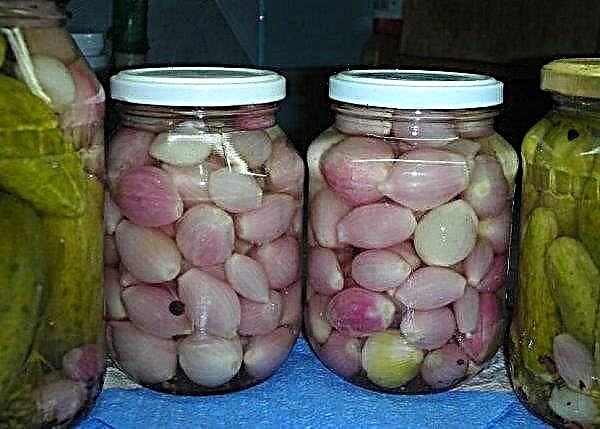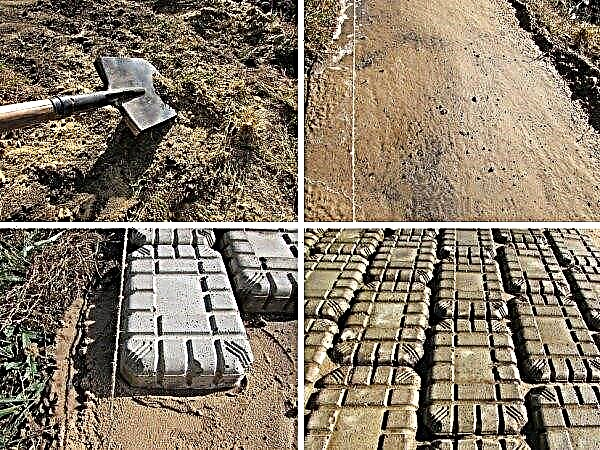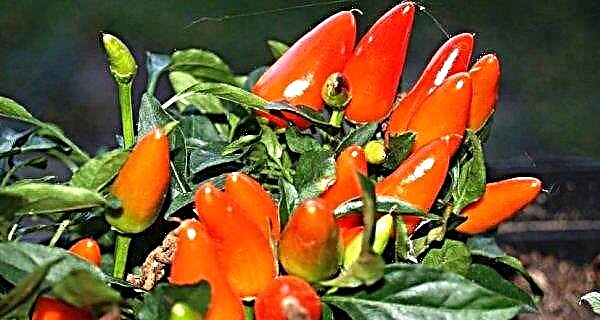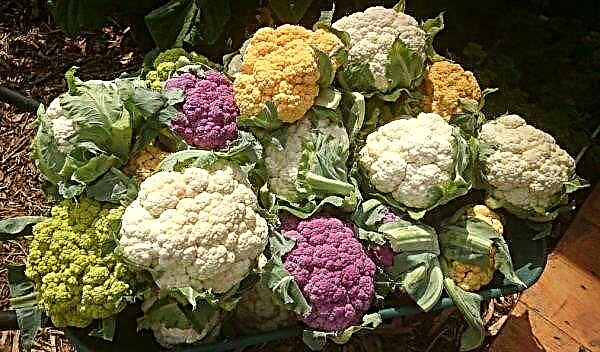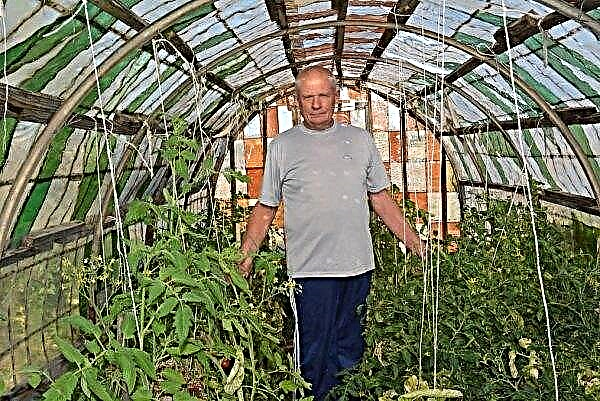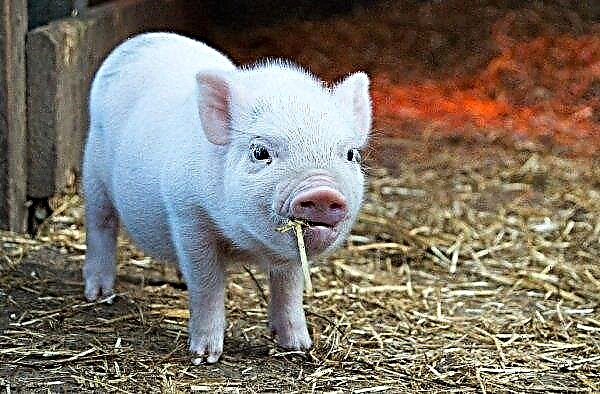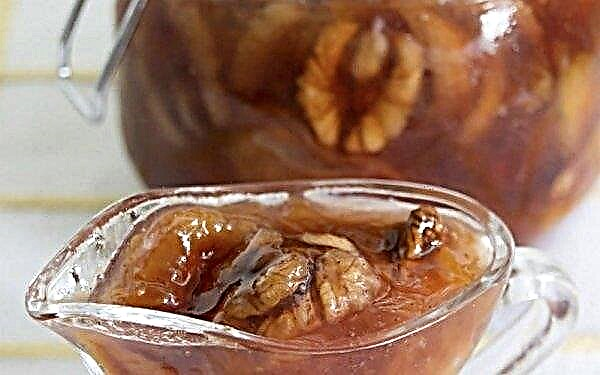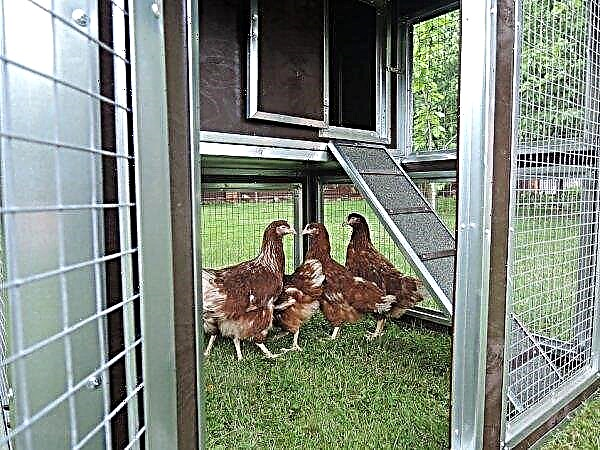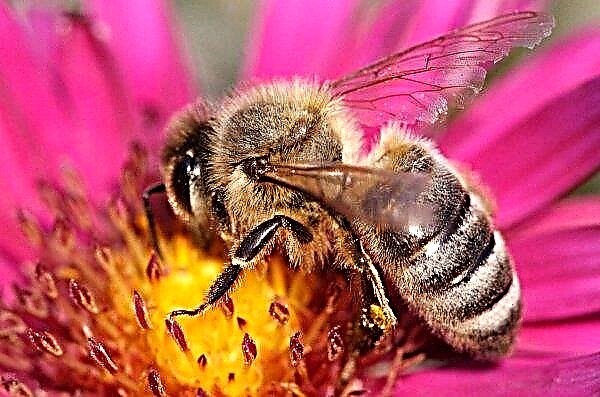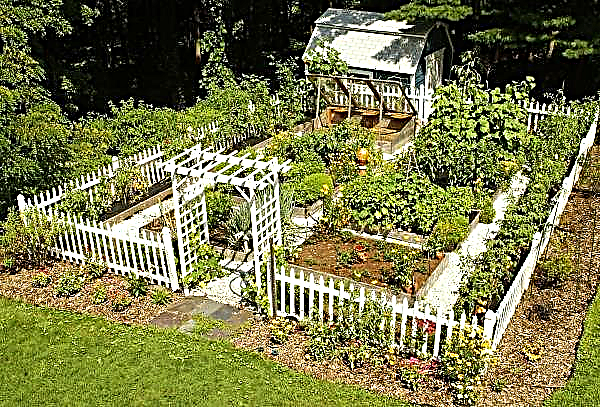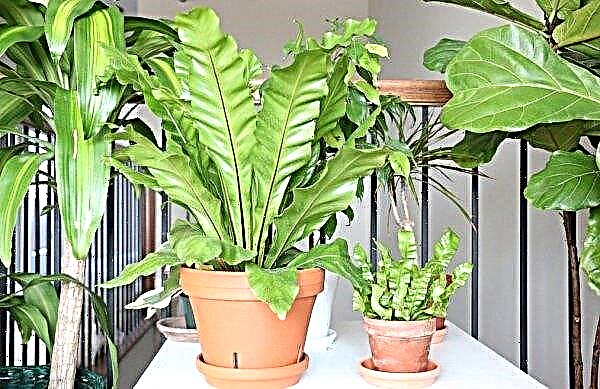Hydrangea is an ornamental shrub that is able to delight with plentiful aromatic flowering from June to September. In Russian gardens, hydrangea species such as large-leaved, treelike, petiolate, and panicled are grown. Their large inflorescences of various colors and shapes will be a delight for every gardener. However, to enjoy hydrangea, you must be able to prevent the development of diseases and the spread of pests on the plant. The article describes the ailments that affect the flower most often, and measures to combat them.
Diseases from poor care and hydrangea growing conditions
Shrubs can get sick due to improper watering, lack of nutrients in the soil or sunburn. It is important to study the main signs of such diseases and techniques that will allow your plant to grow and blossom normally.
Leaf burns
This disease manifests itself in the form of translucent spots of a whitish color, the affected areas thin out and gradually dry out.
To avoid this problem, you need to familiarize yourself with the requirement of a particular variety for sunlight and immediately determine the optimal site for planting. Treelike hydrangea is most susceptible to this type of damage, but no species of this shrub can be set under the constant scorching sun. When a burn occurs, the plant should be shaded.

Blackening leaves
In the case of the manifestation of signs of such a disease, the gardener must first determine its type, determining the causes and methods of combating this disease depends on this. There are two types: dry and wet, or sluggish blackening.
Did you know? In 1767, the French naturalist Fleiber Commerson discovered in Asia previously unknown plant in Europe. The bush impressed the researcher with its beautiful flowering, and the scientist named it in honor of his lover - Hortense Barreova, who accompanied Commerson on a trip around the world.
Dry
Dry blackening is manifested by the appearance of large brown spots along the edges of the leaves, their drying and wilting.
Dry blackening may be caused by sunburn, excessively cold or hard irrigation water. (with impurities of lime and other substances). To prevent these diseases, intensive sunlight should be avoided on the leaves, and water intended for irrigation should be defended in containers located under the sun.

Wet
Wet blackening is characterized by a change in shape and wilting of leaves.
The reason for this blackening are:
- regular waterlogging of the root system of the plant;
- cold air temperature or its frequent drops;
- drafts;
- heavy soil;
- getting the herbicide into the soil.
To prevent these diseases, you need to monitor the moisture balance (both drought and oversupply will be fatal) it is well maintained by mulching the roots. Plant a plant in loose and nutritious garden soil.

Chlorosis
This disease occurs from an excess of lime or a lack of iron in the soil, as well as from an excess of mineral fertilizers. Chlorosis can manifest itself in different ways: yellowing of the leaves or a decrease in their size, while the veins in them remain green (the leaf may be partially affected), the deformation of the buds, as well as the drying of the shoots.
If the cause of chlorosis could not be precisely determined, then first you need to do a softening of the soil pH. For this purpose, it is possible to acidify the soil with aluminum sulfate or peat at the rate of 2-5 kg per 1 m² (concentration depends on the degree of alkalization of the soil). It is good to soften water for irrigation by settling water and adding ash to it.
Important! The optimum acidity suitable for hydrangea can be determined by the type of flowering. Bright flowers indicate an optimal pH level, and the dulling of flowering brushes indicates leaching of the soil, so for beautiful flowering it is very important to constantly maintain the acidity of the soil under hydrangea.
If there is a lack of iron, it is necessary to replenish the soil by making store preparations appropriate for this purpose or by self-prepared fertilizer at the rate of 2 g of iron sulfate and 4 g of citric acid per 1 liter of standing warm water. To bring under a root when watering.

Fungal diseases
This type of plant disease includes: both types of rot (white and gray), downy mildew (peronosporosis), powdery mildew, septoria and rust. It is dangerous to delay the treatment of fungal diseases, since they quickly spread and lead to the death of other garden plants.
Peronosporosis of hydrangea
It appears in the form of oily spots on the leaves, which eventually begin to darken. If you do not take the necessary measures aimed at eliminating the disease, it will inevitably hit the stem.
If signs of peronosporosis are detected, it is urgent to remove the affected parts of hydrangea, treat the places of cuts with potassium permanganate or brilliant green, and spray the plant with fungicides. After 10 days, treatment must be repeated.
 The environment favorable for the development of this disease is high humidity and air temperature.
The environment favorable for the development of this disease is high humidity and air temperature.
Powdery mildew
A dangerous hydrangea disease that can lead to her death. As a rule, it affects a plant weakened by an overabundance of nitrogenous fertilizers or poor irrigation. Its true signs are pale yellowish spots on the leaves, while a gray or purple coating forms on the back side.
If hydrangea infection is detected, damaged parts of the shrub must be removed and burned.. The bush should be treated with potent fungicides, and to consolidate the result - do it again after 10-14 days.

Septoria hydrangea
It can develop in cold and rainy summers. The defeat of the bush occurs from the bottom up; it appears in the form of bright spots darkening to the edges, up to 5 mm in size. If the disease is started, its symptoms can be found on the stems, and hydrangea will die. It should be borne in mind that other garden trees, shrubs and some flowers are susceptible to infection with Septoria.
If this disease is detected, the affected areas must be removed and burned. The places of cuts should be treated with manganese or brilliant green, and the whole plant with Bordeaux mixture or other fungicides.

Gray rot (moniliosis)
The reason for its occurrence may be excess moisture, high planting density or neglect of the crown. An ailment is detected in the form of a gray coating on the leaves, which eventually dries and spills out, forming holes on the sheet plates. This is a dangerous disease that spreads very quickly, especially in a humid environment. It can infect other plants in the garden or garden, so if the bush is severely damaged, it is better to sacrifice it, destroying it in order to save other crops.
 The principles of combating gray rot are the same as with other fungal diseases: removal and destruction of damaged parts, processing of sections, spraying plants with fungicides
The principles of combating gray rot are the same as with other fungal diseases: removal and destruction of damaged parts, processing of sections, spraying plants with fungicides
White rot
This fungus infects the hydrangea root.. Favorable development environment - closed greenhouses and hotbeds. Signs - rotting of the stems, blackening of the shoots, white plaque on the leaves (the stage of development at which it is better to destroy the bush), the appearance of dark spots on the plaque. The disease is dangerous for almost all garden and garden plants, so it is necessary to fight with it carefully.
 The methods of control are the same as with the above fungal diseases, but they must be used with great care
The methods of control are the same as with the above fungal diseases, but they must be used with great care
Rust
May develop on the plant due to an excess of nitrogen and moisture.. It appears on the shrub in the form of yellow spots on which rusty growths develop. These growths are that dangerous fungus that multiplies further, including on other plants, crumbling around with rusty dust.
Important! When using fungicides, it is recommended to alternate them, since with the frequent use of one drug, the fungus that has settled on the plant can develop immunity to it.
Rust should be treated by removing affected (dried) leaves and processing. For spraying, you can make a solution of copper oxychloride (20 g per 5 l of water) or ready-made store fungicides.
 This disease is dangerous for the entire garden or vegetable garden, since most plants can be affected by rust.
This disease is dangerous for the entire garden or vegetable garden, since most plants can be affected by rust.
Hydrangea viral diseases
Fungal infections are not the only diseases that can affect hydrangea, viral infections are no less dangerous. They can be transferred to the bush through garden tools and pests (animals or insects). Moreover, the occurrence and spread of viruses on plants is not related to weather conditions. There are several types of such diseases.
It is worth noting that weakened or damaged plants are primarily infected, as well as cultivated with an overabundance of nitrogenous and other mineral fertilizers.
Hydrangea cancer
This virus is manifested by the appearance of brown spots on the leaves and stems of plants.. On the back of the leaf plate, wounds form under them. This disease can be overcome only by timely removal of the affected parts - they must not only be cut off, but also burned. If this is not done, the ulcers will grow, destroy the shoots and lead to the complete drying of the hydrangeas.
There is no data on the infection of other plants that do not belong to the Gortenziev family with this cancer, but if several hydrangeas grow in the garden, then the heavily affected shrub needs to be burned, otherwise the epidemic will destroy all its relatives. If some bush had to be removed, hydrangea can be re-planted in this place only after a few years.

Ring spotting
At the beginning of the development of the disease, the hydrangea leaf plates are covered with yellow or brown rings, later the leaves are deformed and fall off. A flower brush infected with the virus stops flowering or forms weak buds.
Usually, it is a deadly disease for the shrub and it is impossible to cure itand if signs of infection are detected, the diseased plant is best destroyed. To avoid such troubles, you need to carefully consider the choice of planting material --- it must be healthy and strong, purchased from a reliable vendor.

Pests
Plant-eating insects and other parasites can cause serious problems during cultivation, up to the death of hydrangea. Therefore, it is very important to prevent their occurrence, and if so, it is imperative to take measures to destroy them.
Dodder
Weeds not only drown out useful plants, but also are real pests. Such a parasite is a dodger. It settles on hydrangea and literally sucks out all the juices from it. When it is discovered, you should mercilessly get rid of this weed. Unfortunately, it will be necessary to do this together with the plant, since the mechanical removal of the dodger from the bush is ineffective and can give a result only with its minimal appearance and only at the initial stage.

Leaf aphid
She chose soft and juicy places on the bush. It it has a number of natural enemies of nature that destroy it, so it is dangerous only with a large cluster, it is able to completely destroy the bush.
For a small colony of aphids, a “shower” from a hose or washing the foliage with a soap solution will become a rather effective method of control (based on simple soap). For more serious settlements of this pest, you will have to use the appropriate insecticides - Iskra, Fitoverm, Aktofit.
 To prevent the appearance of aphids, it is possible to plant calendula near the hydrangea planting, which attracts ladybugs - natural aphid exterminators
To prevent the appearance of aphids, it is possible to plant calendula near the hydrangea planting, which attracts ladybugs - natural aphid exterminators
Garden slug
Pest which eats young leaves and shoots of plants. It lives in a humid environment of dense thickets. The slug is hidden in the axils of the leaves, under the stones in the shade. It is most dangerous for young immature plants. They fight it, collecting individuals by hand and destroying their masonry, deposited in the axils of the bush. Chemicals against slugs are used in extreme cases.

Gall nematode
This is the most dangerous enemy of hydrangea - a worm that lives in the soil, destroying the roots of the bush and then sneaking into the stems. As a result of his life, the roots rot, hydrangea stops growing and dies. Its appearance can be detected by red blisters (galls) formed on the roots and at the base of the stems. Nematode can even affect indoor plants, falling into a pot with contaminated soil.
Did you know? Hydrangea, like a chameleon, can change the color of flowering brushes. This change depends on the composition of the soil: on acid bloom has a blue tint, and on alkaline — pink.
According to experts, it is impossible to destroy the nematode, and to prevent its development is possible only when using preventive measures:
- proper selection of soil for planting;
- maintaining its fertility and composition;
- proper care;
- attention to the needs of the plant.

Spider mite
A very dangerous and difficult to remove enemy of many garden and garden plants, including hydrangeas - the spider mite. A favorable environment for its reproduction and development is hot and dry weather. He is dangerous in that he eats the juice of the plant.
It is almost impossible to notice a tick with the naked eye in the initial stage of appearance; it becomes visible only when the plant is severely affected; at this stage, small orange dots and cobwebs can be observed from the inside of the leaf. The initial signs of its appearance can be seen by the appearance on the lower part of the sheet of a thin, barely noticeable white spider web. The leaves begin to lose color throughout their plate (on the upper surface, a lot of pale spots-dots first appear) and gradually turn white. At a deeper stage of the lesion, hydrangea will begin to drop buds and flowers.
To prevent its occurrence, it is necessary to maintain optimal air humidity, for this purpose it is necessary to irrigate when irrigated with warm soft water. When the infection of the plant has begun, it is possible to overcome the tick only at an early stage - by treatment with acaricide, aimed at the destruction of this particular pest ("Aktofit", "Akarin"), while it is possible to slightly increase the working concentration of the substance.
Re-processing should be carried out after 10 days, and if necessary, carry out several more with the same interval. At the same time, soil should be treated and fences, if any, around the plant, since the tick lays many eggs in the soil and crevices.

Leaf beetle
This is a beetle eating not only leaves, but the whole plant as a whole. Its larvae are especially active, some of them destroy the root.
To combat it, apply such methods as:
- collection of adults;
- digging the trunk circle for the winter (to destroy the bugs entrenched there);
- destruction of damaged parts of the bush;
- insecticide treatment.

Snail
They are eat young leaves, buds and stalks of hydrangea. Like slugs, snails live in the shade and wet thickets. The control measures in this case are the same as with slugs.

To successfully grow hydrangea, you need to carefully monitor it, since any change in the appearance of the plant may indicate the presence of a disease or pests. Timely measures taken to combat them can save the bush from death and reward the owner with plentiful beautiful flowering.And most importantly in the cultivation of hydrangea - good growing conditions, moderate constant moisture and prevention.

